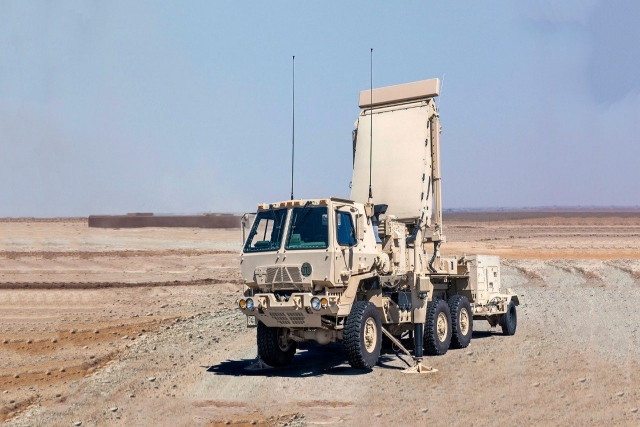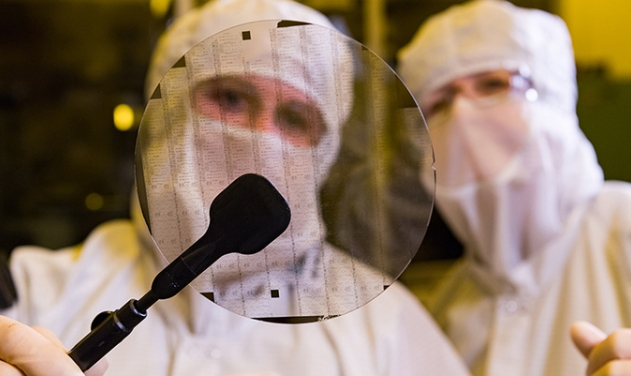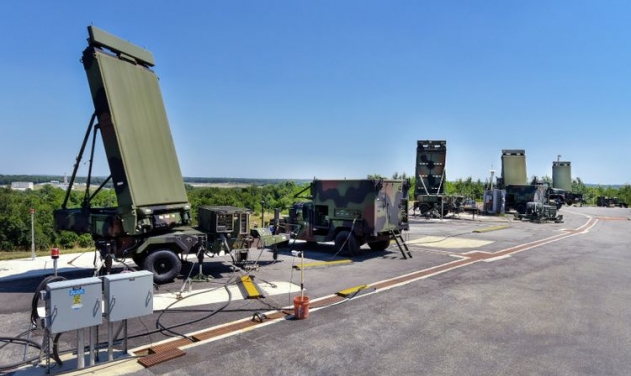Raytheon's DARPA Contract Unleashes 16x Power Boost for Radio Frequency Sensors
The project, part of DARPA's THREADS program, targets thermal limitations in GaN production.

Raytheon, under RTX, has clinched a $15 million DARPA contract to boost radio frequency sensor capabilities with Gallium Nitride transistors, promising 16 times more output power without a temperature rise.
The focus of this project, conducted under DARPA's THREADS program (Technologies for Heat Removal in Electronics at the Device Scale), aims to overcome thermal limitations in Gallium Nitride production.
Colin Whelan, President of Advanced Technology at Raytheon, expressed the breakthrough: "Our engineers have unlocked a new way to produce Gallium Nitride, where thermal management is no longer a limiting factor. These new system architectures will result in sensors with enhanced range."
Raytheon is collaborating with key partners such as the Naval Research Laboratory, Stanford University, and Diamond Foundry, leveraging diamond, known for its exceptional thermal conductivity, for integration with military-grade GaN transistors and circuits. Additional support for technology and performance analysis is provided by Cornell University, Michigan State University, the University of Maryland, and Penn State University.
The contracted work is underway in Andover, Massachusetts.
Gallium Nitride Transistor Applications
Gallium Nitride (GaN) transistors serve pivotal roles in diverse military applications. In radar systems, they power amplifiers, facilitating high-power density and elevated operating frequencies, thereby enhancing resolution, accuracy, and range. GaN technology is indispensable in electronic warfare (EW) systems, enabling the creation of potent RF amplifiers crucial for disrupting enemy communications and radar systems. Military communication systems benefit from GaN transistors, offering high-frequency and high-power capabilities, optimizing signal transmission and reception. GaN's contribution extends to guided missile systems, enhancing transmitters' performance with high power and efficiency. Additionally, GaN transistors play a crucial role in military satellite communication, leveraging their high-frequency capabilities for efficient data transmission.













